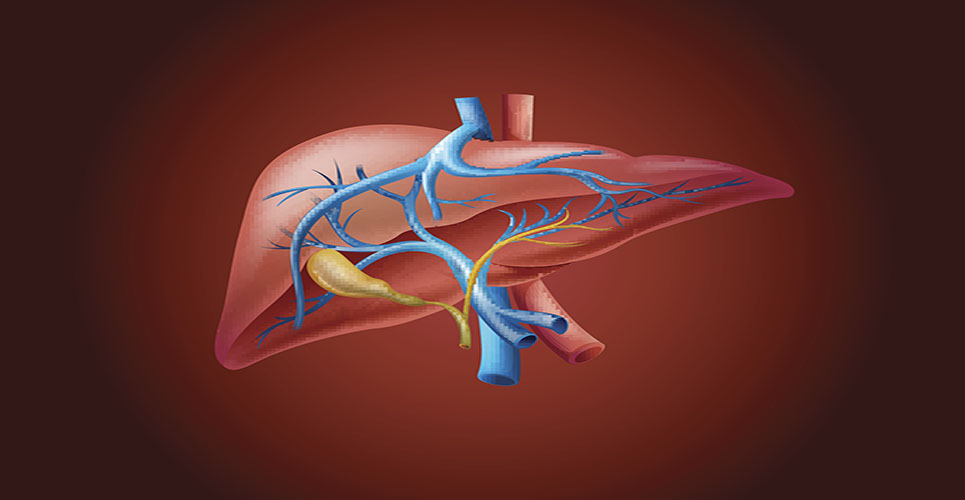teaser
The European Commission has approved INCIVO® (telaprevir), a direct acting antiviral (DAA) protease inhibitor, for the treatment in adults of genotype-1 chronic hepatitis C virus (HCV), in combination with peginterferon alfa and ribavirin.
In clinical studies, telaprevir in combination with peginterferon alfa and ribavirin demonstrated significant improvements in cure rates, also known as sustained virologic response (SVR), for both previously untreated genotype-1 chronic HCV patients and those who have failed previous treatment compared to the standard treatment with peginterferon alfa and ribavirin alone.
The approval of telaprevir offers an improved and efficacious treatment regimen compared to the standard treatment for genotype-1 chronic HCV with the shortest course of treatment of any available treatment.
Telaprevir reduces the current total treatment duration by half in the majority of previously untreated patients and those who have relapsed.
“Today is an exciting day for adults with genotype-1 chronic HCV infection,” said Professor Graham Foster from Queen Mary’s University Hospital in London.
“Before the introduction of protease inhibitors, treatment for HCV required a long duration and cured less than half of genotype-1 chronic HCV patients.
“For many adults with genotype-1 chronic HCV, treatment with a telaprevir-based regimen could provide a shorter treatment duration with improved cure rates compared to standard treatments.
“Shortening treatment regimens, without compromising efficacy, is a valuable step to help patients adhere to their treatment.”
The approval is based on the results of three Phase 3 studies in 2290 patients: ADVANCE, REALIZE and ILLUMINATE.
ADVANCE and REALIZE were randomized, double-blind, placebo-controlled studies that evaluated the efficacy and safety of telaprevir in combination with peginterferon alfa and ribavirin compared with the previous standard treatment (peginterferon alfa and ribavirin alone).
The data showed that treatment with a telaprevir-based regimen significantly increased cure rates for genotype-1 chronic HCV compared to the previous standard treatment in previously untreated patients (79% vs. 46%, p<0.0001) and patients who relapsed during previous treatment (84% vs. 22%, p<0.0001).
Results also showed a significant increase in cure rates for patients who either partially responded or did not respond to previous treatment, groups typically among the hardest to cure, compared to peginterferon alfa and ribavirin alone (61% vs. 15% and 31% vs. 5%, p<0.0001 respectively).
Data from ILLUMINATE showed 24 weeks of treatment with a telaprevir-based regimen was non-inferior to 48 weeks of a telaprevir-based regimen for previously untreated genotype-1 chronic HCV patients who achieved and maintained an undetectable viral load early in their treatment at weeks four and 12 (also known as extended rapid viral response or eRVR).
The overall safety profile of telaprevir is based on the Phase 2/3 clinical development programme. In clinical trials, the incidence of adverse events of at least moderate intensity was higher in the telaprevir group than in the placebo group (both groups receiving peginterferon alfa and ribavirin).
The most frequently reported moderate adverse reactions (incidence ≥ 5.0%) were anaemia, rash, pruritus, nausea and diarrhoea, and the most frequently reported severe adverse reactions (incidence ≥ 1.0%) were anaemia, rash, thrombocytopenia, lymphopenia, pruritus, and nausea.
Rash events were reported in 55% of patients with a telaprevir-based regimen and more than 90% of rashes were of mild or moderate severity. Severe rashes were reported with telaprevir combination treatment in 4.8% of patients.
Rash led to discontinuation in 5.8% of patients. Anaemia was reported in 32.1% of patients and led to discontinuation in approximately 3%.

